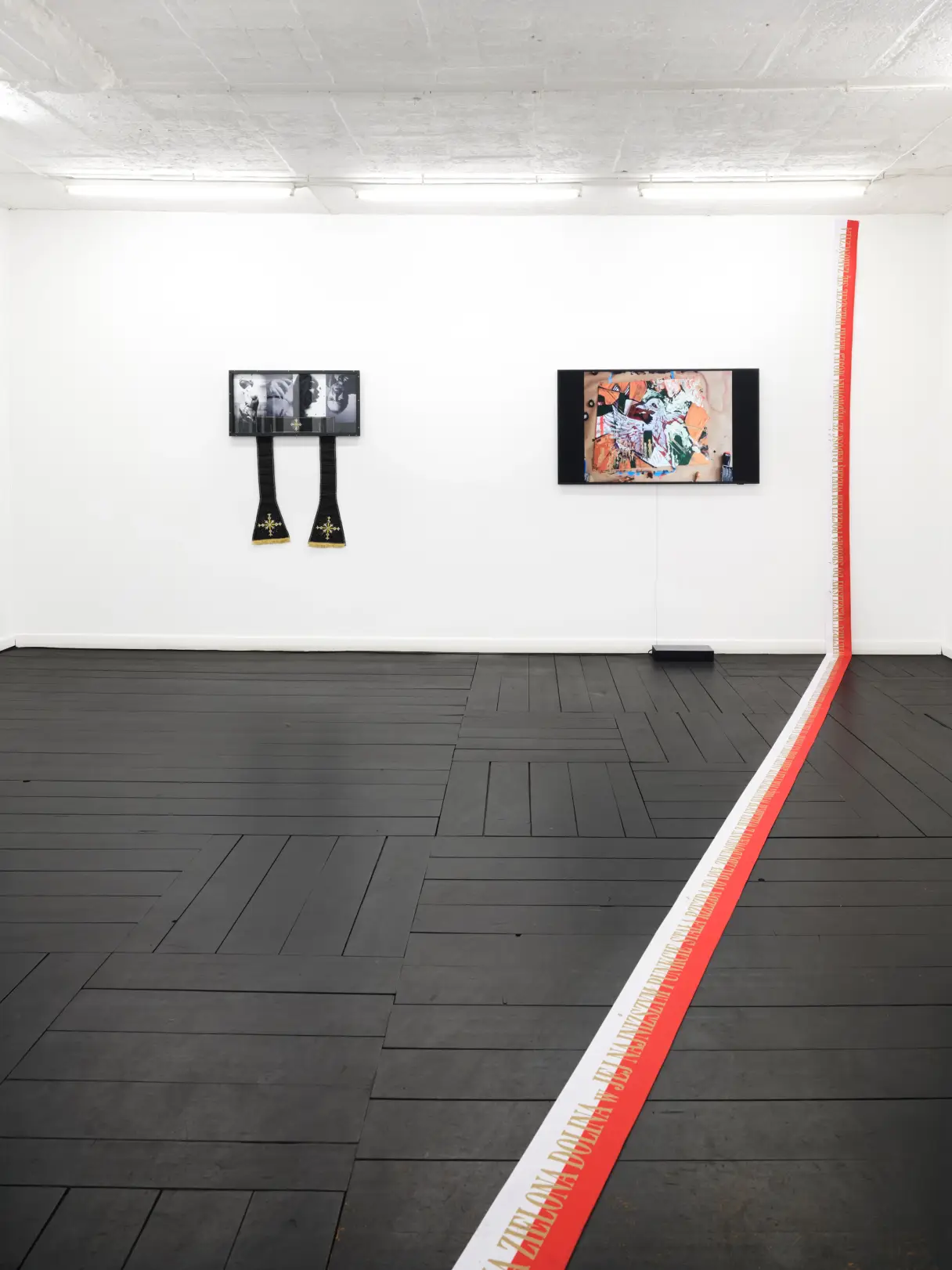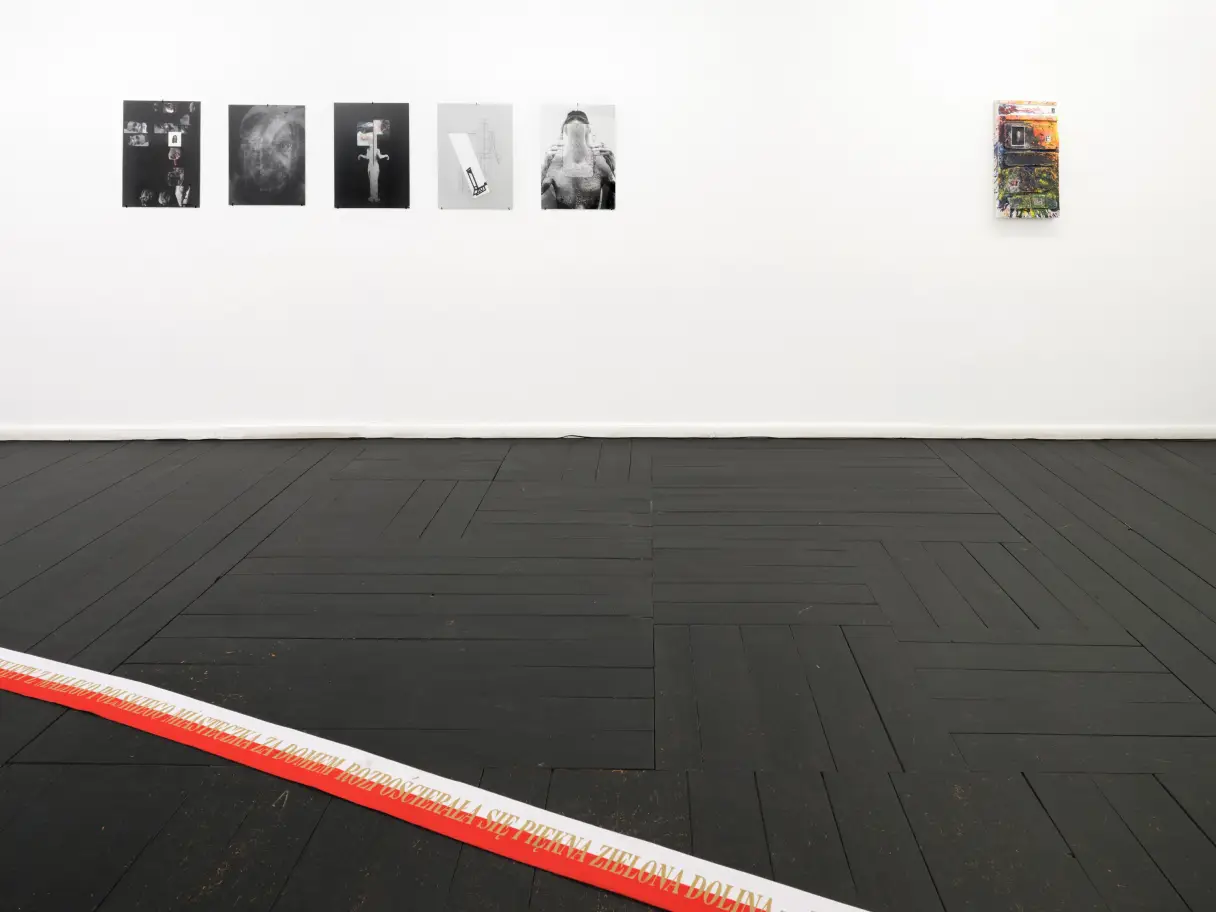An exhibition of two artists, two voices—never meeting, yet always in dialogue. Their conversation is nearly wordless, carried out through images instead. For them, images are language—words, sentences, entire phrases. There are no spoken words, and yet this is a conversation. There are no sentences to hear, and yet this is speech.
If they were to meet and speak like ordinary people, they might find each other dull. Perhaps they would even feel uneasy in the weight of silence. But here, though they paint, they listen. Though they photograph, they give voice. This is a dialogue not necessarily of joy, nor of sorrow, but of something more elusive—our individuality, or perhaps, unsettlingly, our perfect replaceability. There is a peculiar inadequacy to their exchange, as if rejecting imposed themes, turning instead to the most intimate subject of all—themselves. Working as a pair, they seem to drown in their own singularity, their own individualism. And it is only through this lens that they filter the world.
To set the stage, let me first describe the nature of their individual yet intertwined practice:
- One artist would set the course of their visual dialogue, sending the other a ‘text’—an image, a photograph, or an object, significant for reasons known only to them.
- The other would take up the thread, altering, reshaping, or disrupting what they had received.
- They would send it back—transformed.
- The first artist would then respond in kind, interfering once more before returning it.
And so it continued, year after year, a conversation without resolution, circling instead around themes that weighed on them both:
- The loss of loved ones.
- The act of remembering—of holding onto what is painful or fleeting.
- The fragility of the body.
Let these three suffice; the rest reveals itself in the exhibition, where the echoes of their exchange unfold.

In essence:
- Two individuals—artists—immersed in their own worlds, their own visions, their own burdens, chose to engage in a dialogue that was raw, unguarded, and unflinchingly honest.
- They spoke without words, rejecting the constraints of language, which fractures meaning and complicates understanding.
- They arrived nowhere but kept moving, tracing uncertain paths through an unnamed landscape—toward the possibility of glimpsing the unseen.
- This unusual conversation—conducted at a distance—ultimately led them beyond the confines of their own solitary worlds. Through the use of a universal language, it now unfolds before an audience, its stages laid bare. I believe that those who observe and ‘listen’ to this exchange can understand it —or at least catch glimpses of its essence.
Naturally, the exhibition itself serves as the primary illustration of this dialogue. However, we have sought to complement it with a diagram that maps the rhythm of their exchange—its duration, its intensity, and the unveiling of its central themes.
I would add another dimension to Arthur’s reflection on our dialogue: the element of time—insatiable, layered, elusive. What has passed can, like an echo, resurface, folding back upon itself, returning to its origin.
Not everyone who knows language feels compelled to use it in a dialogue that extends beyond the singular experience of time. This could be called shared time. I recall such an experience from long ago, in 1976, when I taught art classes at a psychiatric hospital on Nowowiejska Street. These, too, were conversations without words—spoken only through lines drawn on paper.

It turned out that my true conversational partners were mostly ‘amateurs’. The patients who were artists felt no such need. This suggests that the ability—or even the fluency—to use language is also a means of breaking free from the closed loop of private, autonomous time.
In tribal cultures, this shared experience of time is the norm, woven into the fabric of communal life. In our own cultural landscape, Oskar Hansen’s theory of ‘open form’ sought to codify such collective relationships within a framework of dynamic interaction.
